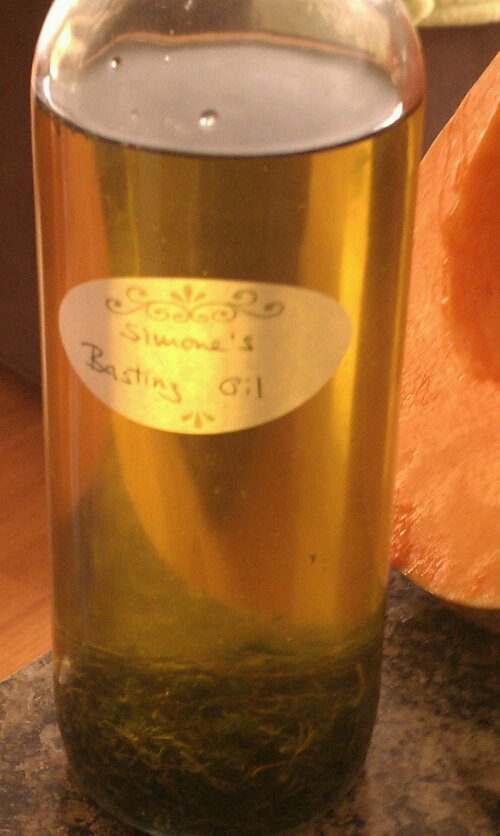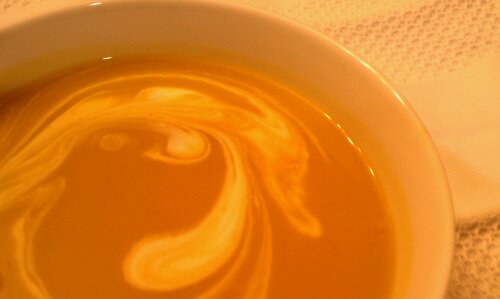Not quite conventional saffron risotto.
The creaminess of a good risotto is pure comfort food, at least to Europeans. However you look at it though, usually the recipe involves days of stirring over low flame (ok, I’m exaggerating slightly here) to reach that creamy state any self respecting risotto cook strives for. Since time isn’t always that easy to come by in my life, I needed something less traditional (sadly), but no less delicious or authentic tasting and most of all time saving, or at least work saving. I can see you frown, my purist friends, but since I made Osso Buco in the slow cooker, and therefore am already in the purgatory of purist cooks, I figured a little more deviation from the conventional path couldn’t hurt too much more.

So instead of adding water by the spoonful and being shackled to your pot for the purpose of slow and steady stirring, my quick version let’s you complete other tasks since it takes much less work. To make up for the blasphemy of bastardizing the preparation technique, I tried appeasing the food gods by adding extra saffron. You know: give some, take some. 😉
It’s utterly creamy and delicious, even without the long stirring and I think it can hold its own next to any traditional risotto, especially considering it’s weeknight fare!

Saffron is the most expensive spice by weight (worth thousands of dollars per pound!!) which isn’t surprising given that only about 5-7 pounds can be produces a year from an acre of land and the harvesting process is delicate and labor intensive. Saffron threads are the dried stigma of a fall flowering crocus variety and they have to be harvested by hand. By use however it isn’t all that expensive, since a little goes a long way and you only need about a pinch for a nicely flavored and colored risotto. And if you have a little land, (a flowerbed works perfect) you could order yourself some saffron crocus bulbs like me and harvest some of your own each year. I dry them on paper towels on top of my fridge, where they are out of the way.
 (this makes enough for 2 people/servings or to go with the slow cooker Osso Buco)
(this makes enough for 2 people/servings or to go with the slow cooker Osso Buco)
Ingredients
- 1/2 cup Arborio, Vialone or Carnaroli rice
- 1 small shallot, finely diced
- 1 tbsp olive oil
- 1/2 tsp salt
- water (or broth)
- 1 pinch of saffron threads
- Parmiggiano Reggiano (Parmesan), to shave on top
Directions
- In a medium sauce pan heat the oil, the add the shallot and cook until translucent. Add the rice and stir until all grains are coated.
- Add 2 cups of water and bring to a slow boil, stirring every couple of minutes, season with the salt, turn down if it starts to boil to rapidly.
- Cook for about 10 minutes, stirring every couple of minutes, then remove about 3-4 tbsp liquid, let cool slightly, add the saffron threads to hydrate and let sit for a couple of minutes before adding back to the rice.
- Add water, 1/2 cup at a time, while you are cooking the risotto, as the water gets absorbed. Your goal is to cook the rice to a nice and soft consistency and not have it swimming in water, keep stirring every so often.
- Cook until the rice is tender and creamy, adding water if necessary and stirring as above, total time is about 20 to 25 minutes, depending on the amount you make and I think also, the age of the rice.
- If there is just a little liquid left when the rice is done, cover and let sit off the heat, the high starch content will absorb the excess moisture while it sits.
- Serve topped with shaved Parmiggiano Reggiano

Copyright © 2012 Simple Healthy Homemade. All rights reserved






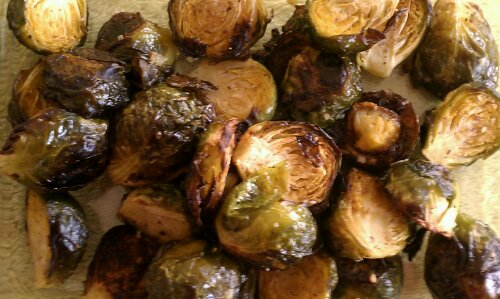
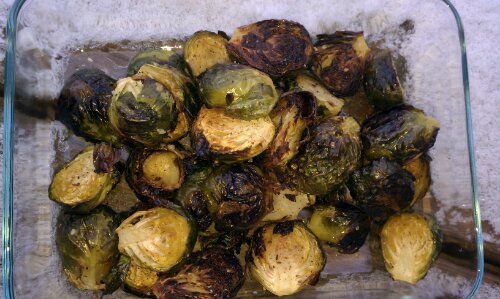 See the snow?
See the snow?

 Cerliac
Cerliac




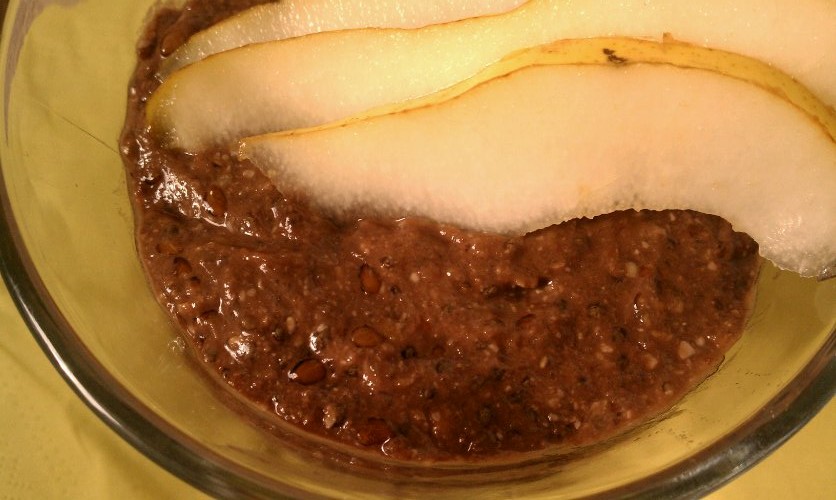

 …shown here with Garlic Thyme Sweet Potato Straws
…shown here with Garlic Thyme Sweet Potato Straws

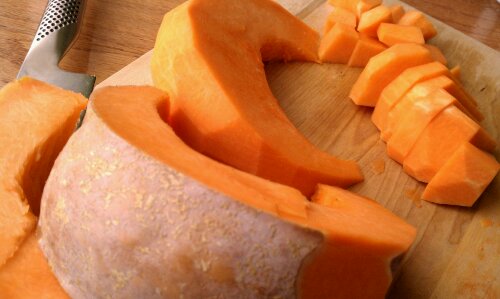
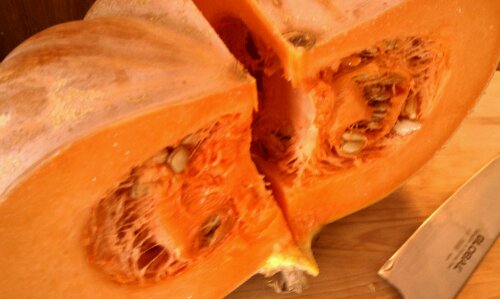

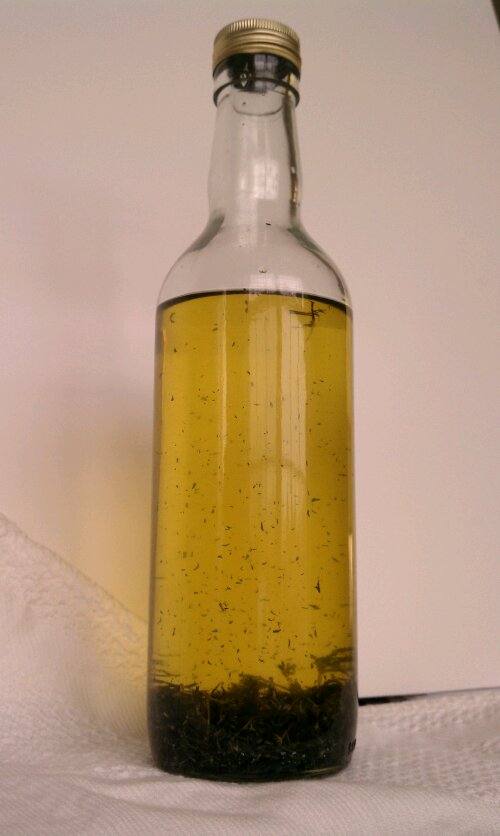 Haha, see the window? 😉
Haha, see the window? 😉